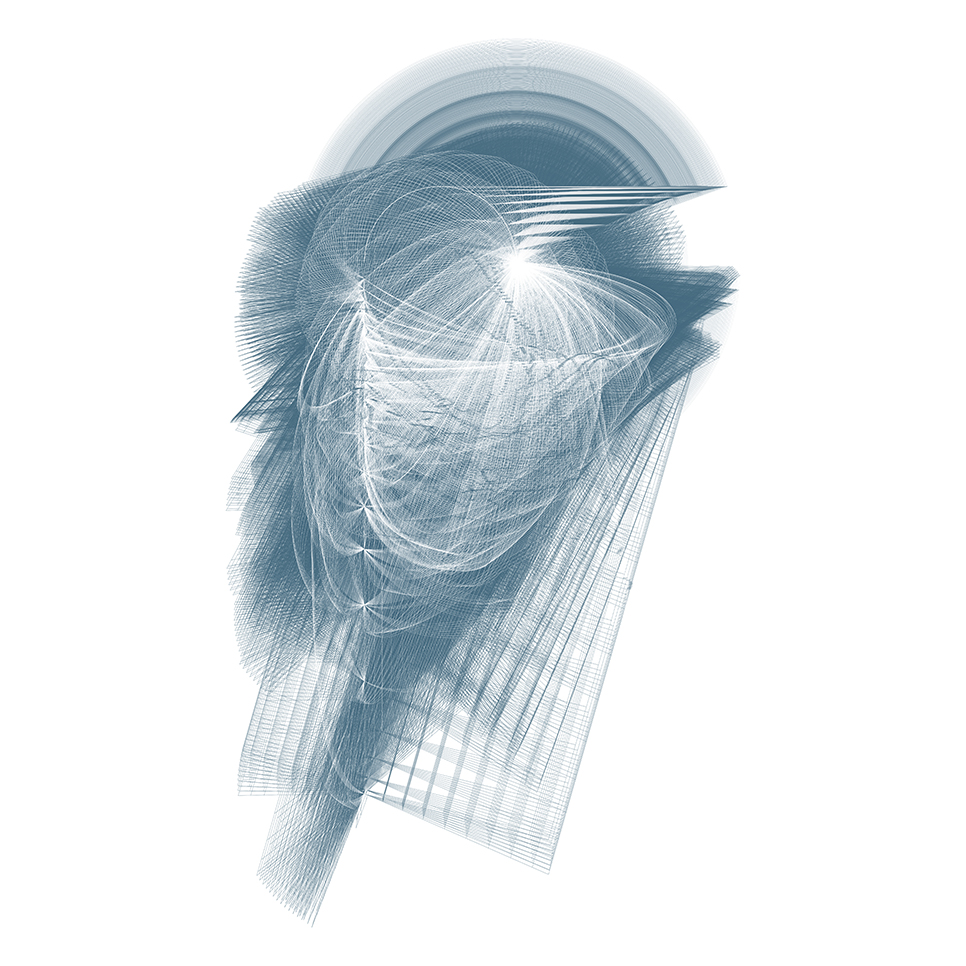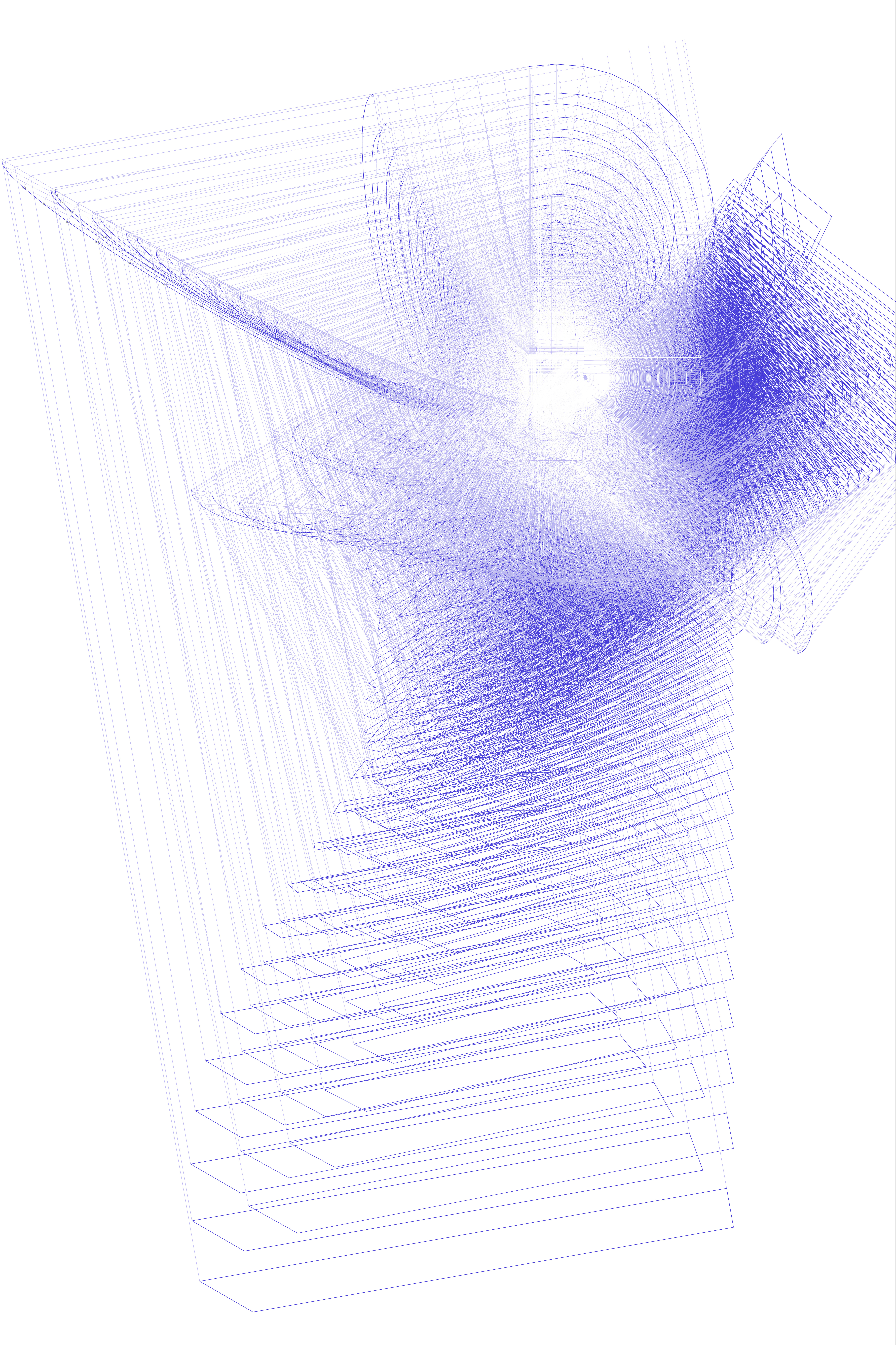




Architecture, Animating Orthography, Graduate Lab
Animating Orthography argues for the projective role of history in the implementation of technology in architecture. It focuses on the most ordinary type of architectural drawing, orthographic projection, and speculates on its potential to be re-imagined as a digital process. Orthographic projection has existed since the 15th century, becoming the definitive geometry of drawing in architecture in the early 16th century. Contemporary architecture has displaced orthographic drawing from its traditional place of importance because digital architecture’s founding myths deemed it incompatible with the ambitions of digital form. Yet orthographic drawing persists, mainly through the bureaucracies of academia and practice. Architects therefore have two choices: cleanly sever the link to this 400-year-old technique, or try to reconcile it with contemporary ambitions. This course proposes the latter through the analysis and subsequent translation of 17th century orthographic projection into digital processes. Students learned to use Grasshopper, Rhinoscript and the programming language of Python to create animations, drawings, and objects that are products of the rich overlap of history and technology. The class positioned orthographic projection as technique for the production of form in lieu of a convention of representation.